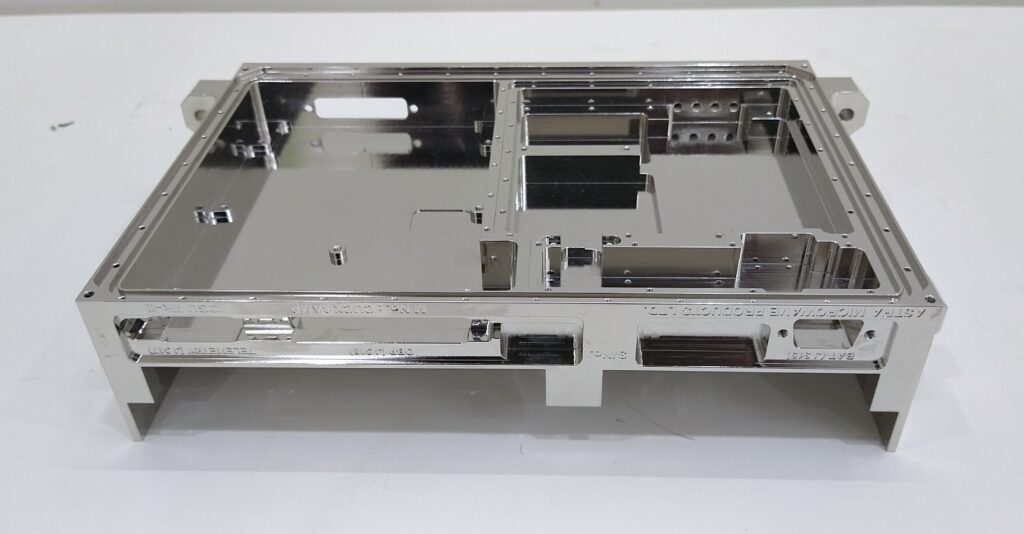Nickel Plating



Thickness Grades:
Electroless Nickel- Engineering Purposes
Resistance to wear and abrasion are the main uses of electroless nickel plating in engineering applications. When there is a need to provide protection against corrosive chemical environments or building up of undersized or worn parts, heavy deposits of electroless nickel plating may be used with the thickness of the deposit clearly specified.
Note: As electroless nickel plating finishes become brighter, they become harder and less ductile. Bright electroless nickel plating finishes are not recommended if parts are intended for flexure applications or will be bent or crimped in manufacturing operations subsequent to electroless nickel plating.
MIL-C-26074, MIL-P-27418, MIL-QQ-N-290, ASTM-B254, ASTM-B733, ASTM-B689, AMS-2403, AMS-2404, AMS-2405, AMS-2423, AMS-2424, AMS-C-26074, AMS-QQ-N-290
Mil Spec-QQ-N-290, Nickel Plating (Electrodeposited) describes several classes and thickness grades.
Classes:
- Corrosion protective plating, 2. Engineering plating
Thickness grades
0.0016 inch, 0.0012 inch, 0.0010 inch, 0.0008 inch, 0.0006 inch, 0.0004 inch, 0.0002 inch
The use of these class and thickness grades provides a standard nomenclature for developing our specifications for you that are tailored to your nickel plating requirements.
Electroless Nickel- Corrosion Inhibitor
Electroless nickel plating is effective in resisting corrosion and wear and protecting copper, iron and zinc alloys due to the highly micro-crystalline structure of nickel. Its ability to level out and fill the pores of base metals also make it an excellent undercoat for the precious metals by reducing the amount of the precious metal required so that the electroless nickel plating meets performance specifications. This makes nickel plating best for industrial, rural or marine environments depending on the thickness of the nickel coating.
Specifications
Medium and High Phosphorus Content
A chemical reaction mechanism that does not require electrical current is used in electroless plating of base metals. This enables the metal deposit to not be governed by flux density fields which tend to be non-uniform and can result in uneven thicknesses of the deposits. Improved leveling and hole-filling are accomplished by electroless plating systems which makes them ideal as a first layer for almost all other electroplated finishes. Electroless nickel plating is also excellent at preventing corrosion depending on thickness and phosphorous content and has hardness and internal stress levels at the mid-range of all nickel systems. Professional Plating provides both mid-phosphorous and high-phosphorous electroless nickel plating and so plating systems specifications should be clearly defined in situations of part flexure or bending.

